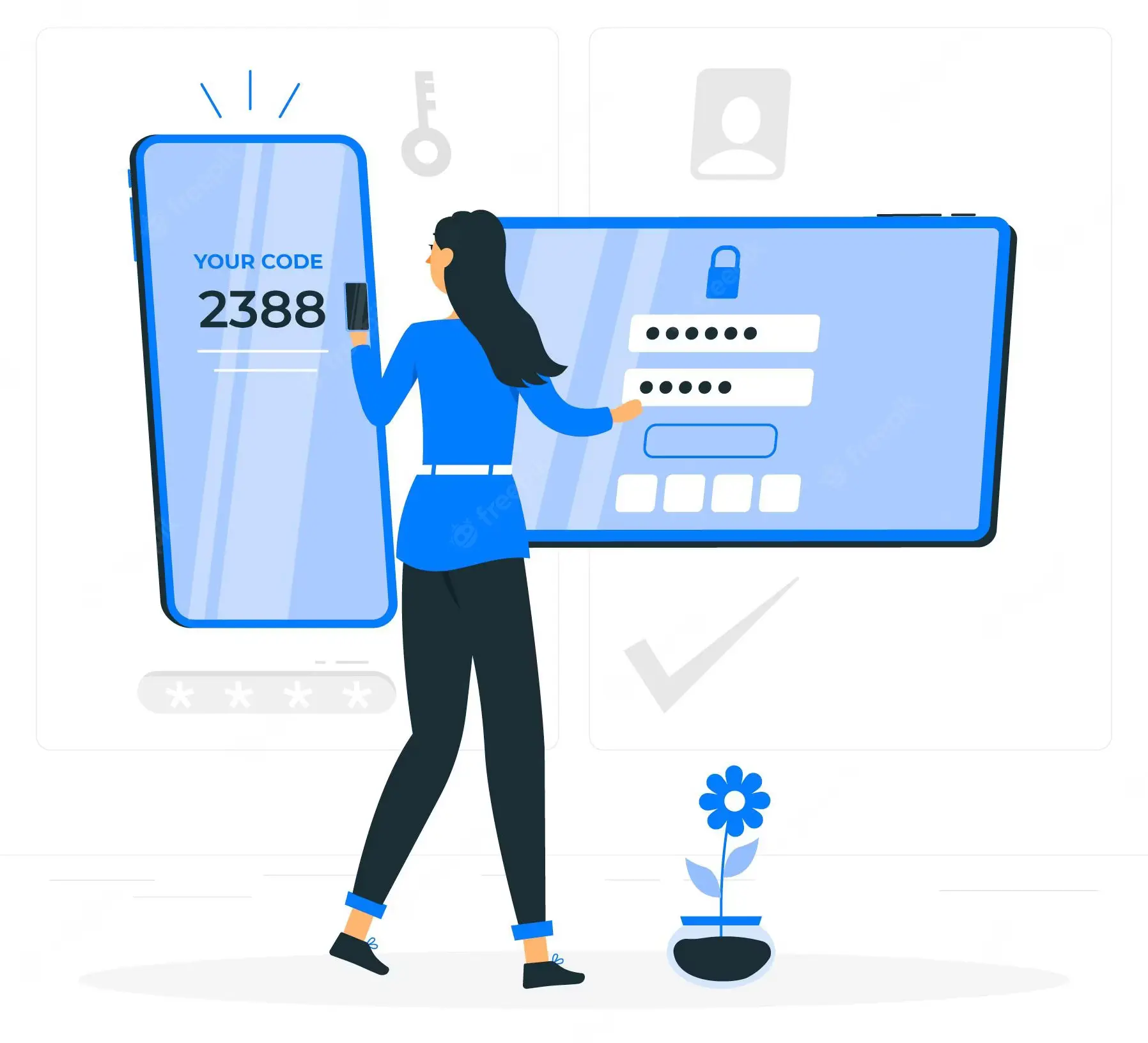
Online safety has become a paramount concern. Internet users constantly exchange sensitive information across various platforms, whether through online banking, shopping, or social media. Suppose this information falls into the wrong hands. In that case, it can lead to severe security consequences, including identity theft, financial loss, and privacy invasion.
However, maintaining online safety doesn’t merely mean having a solid password. With cybercriminals becoming increasingly sophisticated in their methods, adopting more robust and advanced measures to secure our digital footprints is essential. One such measure that has proven effective in bolstering online security is two-factor authentication.
What is Two-Factor Authentication (2FA)?
Two-factor authentication, often abbreviated as 2FA, is a security technique that requires users to provide two types of identification to access their accounts. Unlike traditional password-only systems, two-factor authentication adds an additional layer of security, making it much more challenging for unauthorised individuals to gain access.
The two factors in this process typically involve something the user knows (like a password or PIN) and something the user possesses (like a mobile device or security token). This dual requirement significantly reduces the likelihood of successful hacking attempts, as gaining both factors simultaneously becomes exceedingly difficult.
The Importance of 2FA
In the current era of rampant cyber threats, two-factor authentication is more than just a recommended safety measure; it’s a critical component of online security. By requiring two forms of identification, 2FA makes it substantially more challenging for hackers to impersonate users and access their accounts, even if they’ve managed to crack the password.
Moreover, two-factor authentication also provides additional protection against phishing attempts. Even if a user is tricked into revealing their password, the attacker would still need the second form of authentication – something that’s usually physically in the user’s possession.
How 2FA Enhances Online Safety
2FA enhances online safety by introducing a multi-layered defence strategy. Even if an attacker manages to breach one layer, they would still have to overcome the second layer, which can be significantly more challenging.
For instance, if a hacker cracks your password, they still need your mobile device or security token to access your account. This dual requirement deters cybercriminals and provides an extra layer of security that makes your online presence more secure.
The Different Forms of 2FA
Two-factor authentication can come in different forms. The most common one involves receiving a one-time password (OTP) on your mobile device, which you must enter after inputting your regular password. This is often used in online banking and other high-security platforms.
Other forms of 2FA include biometric verification, such as fingerprint scans or facial recognition, and physical security tokens that generate unique codes. Some systems also use behavioural biometrics, like how you type or move your mouse, as two-factor authentication.
Implementing 2FA in Your Online Activities
Implementing 2FA in your online activities is relatively straightforward. Most online platforms, including email providers, social media sites, and online banking systems, offer two-factor authentication options in their security settings.
To activate two-factor authentication, you usually need to go to your account settings, find the security or privacy section, and follow the prompts to set up two-factor authentication. Depending on the platform, you might need to provide a mobile number, install an authentication app, or set up a security token.
SaneChoice uses 2FA for its Client Control Portal. We introduced this feature a few years ago, and the uptake from our business clients has been significant. This demonstrates the growing recognition of cyber security and personal data protection.
Two-Factor Authentication: A Must-Have for Business Security
For businesses, two-factor authentication is a non-negotiable security feature. With the increasing prevalence of data breaches and cyber-attacks, companies can’t afford to rely solely on passwords to protect their systems.
2FA ensures that even if an employee’s password is compromised, attackers can’t gain access to business systems without the second form of authentication. It’s a simple yet effective way to bolster business security and protect sensitive data.
Common Myths About Two-Factor Authentication
Despite its effectiveness, there are common myths surrounding 2FA that can deter users. Some people believe that two-factor authentication is inconvenient or time-consuming. In contrast, others think it’s unnecessary if they have a strong password.
However, the few extra seconds spent on two-factor authentication are negligible compared to the potential time, money, and stress saved by preventing a security breach. Moreover, even the strongest passwords can be cracked, making two-factor authentication essential to your security measures.
The Future of Two-Factor Authentication
Two-factor authentication will become even more integral to online safety over the coming years. As cyber threats continue to evolve, so will the methods used to combat them.
Future forms of two-factor authentication include more advanced biometrics, behavioural patterns, and even AI-powered security measures. The constant goal is to make it as difficult for unauthorised individuals to access your accounts, ensuring your online safety.
Conclusion: Making 2FA a Habit for Safety
In conclusion, two-factor authentication isn’t just a nice-to-have feature; it’s a must-have for online safety. Using two-factor authentication wherever possible can significantly bolster your online security and protect you from cyber threats.
Remember, online safety isn’t a one-time task but a continuous process. Stay informed, stay vigilant, and always prioritise your digital security.